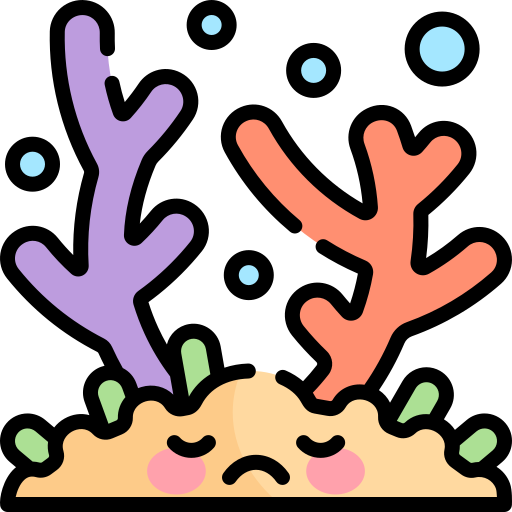Why is it that we cannot keep the live phyto (nanochloropsis, for example) population going in our reef tanks? Instead, we need to keep buying more and more of DT's to keep our tanks fed? If supposed that the live phyto's split so fast, and if the tanks are relatively understocked, and if there are no protein skimmer installed, and if we don't have fishes that graze on the phytos, there should be no reason we cannot keep the production going?????
I pour in 15oz of DT's in every month to my tank. The first day the tank is very green. The second day the green color is practically non-existent. I am not using skimmers. I am only change water once a month. I do not really have heavy phyto utilizers in my tank other than some sponge and gorgonians. What is it that I need to do to keep my phyto levels self-sustainable?
I pour in 15oz of DT's in every month to my tank. The first day the tank is very green. The second day the green color is practically non-existent. I am not using skimmers. I am only change water once a month. I do not really have heavy phyto utilizers in my tank other than some sponge and gorgonians. What is it that I need to do to keep my phyto levels self-sustainable?





